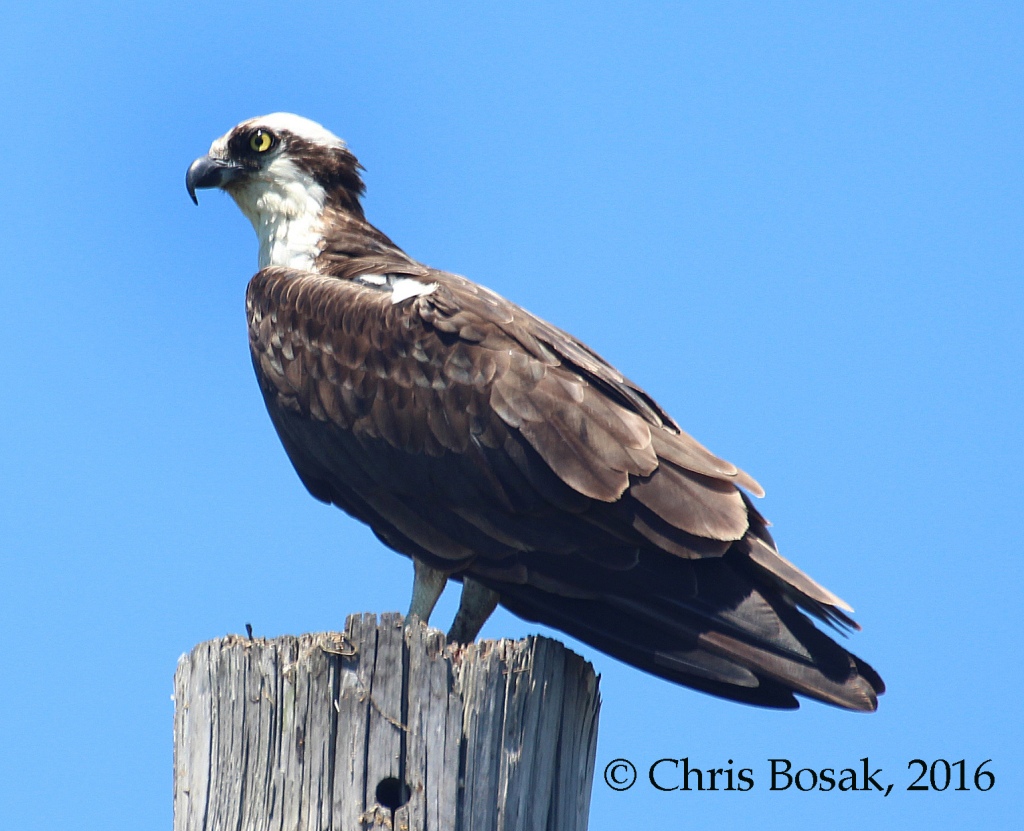
When thinking of the most exciting months for birdwatching in New England, August typically does not come to mind. April and May maybe. Perhaps September and October. But August?
On the surface, August may be one of the least exciting months for birding. Spring migration is well behind us. Fall migration still lies ahead. Nesting season, for the most part, is over. On top of all that, it’s hot, humid and sticky out.
Scratching beneath the surface unearths a different story about August. It is indeed a migration month, there are a lot of birds to see on or around water, goldfinches are plentiful, hummingbirds pay frequent visits and it’s a great month to expand beyond birding to look for butterflies, dragonflies and other similar critters.
Let’s start with migration. The southward shorebird migration actually starts in late June or July, so August is a continuation of that. Sanderlings, sandpipers and other “peeps” are on the move along the Atlantic and Long Island Sound coastline. Other shorebirds, such as American oystercatchers, are also still around with this year’s broods.
Osprey are also plentiful and with first-year birds joining the adults in flying and hunting, they are a sure sighting at most large bodies of water in August. In the not-too-distant past, ospreys were a rare sighting along the New England coast. That has certainly changed up and down the entire East Coast as the osprey population is thriving, particularly around salt and brackish water, but freshwater as well.
While not as prolific as osprey, the bald eagle population is growing throughout New England as well. It’s been fun to watch that population grow and spot the majestic birds around our bodies of water.
Loons are a New England specialty, and August is a fine time to observe them. First-year loons are growing fast and many unpaired loons gather together on large lakes throughout the summer. I’ll never forget the time I saw nine loons swimming together on First Connecticut Lake in Pittsburg. I was a novice birder at the time, but still appreciated the uniqueness of the sighting.
Let’s not forget about the waders. August is a good time to find herons, egrets, bitterns and other long-legged water birds in New England. Again, many first-year birds are now fending for themselves and may be found hunting around our waters. Great blue herons, green herons and great egrets may be the most commonly seen waders in New England, but also keep an eye out for black-crowned night herons, yellow-crowned night herons, snowy egrets, American bitterns, and glossy ibis.
Some of the waders, such as the night herons, look different as youngsters and may not fit the picture seen in field guides. Both night herons are mottled brown as youngsters.
The woods and fields may be more quiet than they were a few months ago, but the birds that nested in New England are still around. I remember an August walk last year when American redstarts were the dominant bird on a trail that ran along the wood’s edge.
August is a great time to observe butterflies and dragonflies in New England. There was a time about 20 years ago when dragonfly watching was becoming a big thing, at least in the circles I hung out in. I haven’t heard too much about the hobby in recent years, but dragonfly watching does have similar rewards as birdwatching. It’s a challenge and there is a great variety of species to be found in New England.
I’m sure I missed drawing attention to some of the thrills to be had outdoors in New England in August, but I think the point is clear: August may not be as highly anticipated as April or May for birdwatchers, but there’s still a lot to see out there. Let me know what you find.
